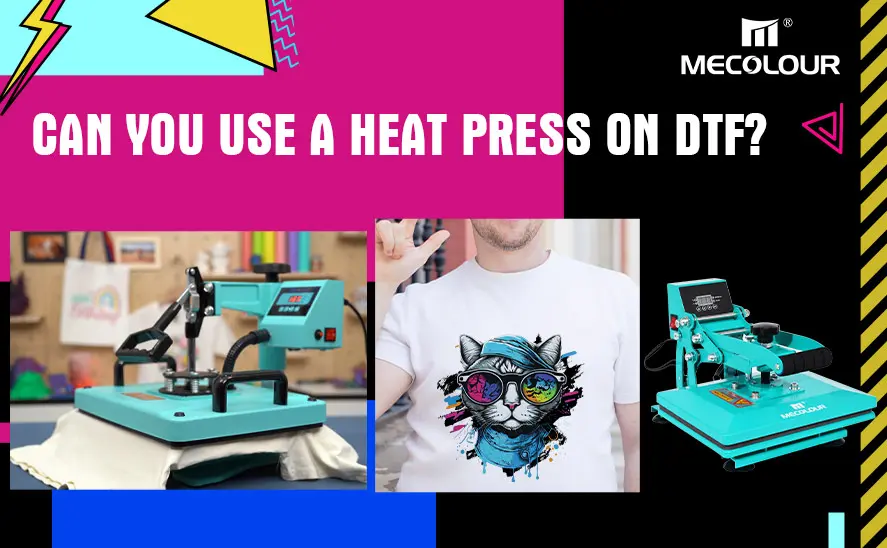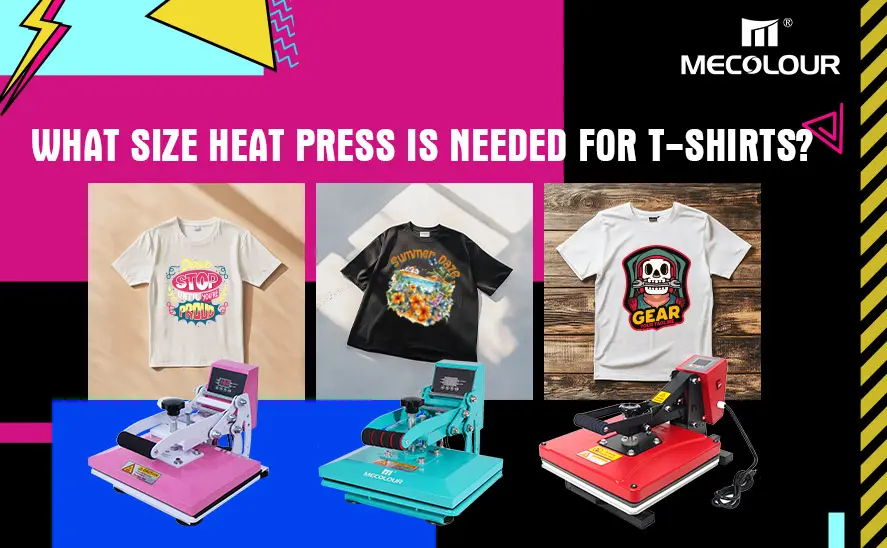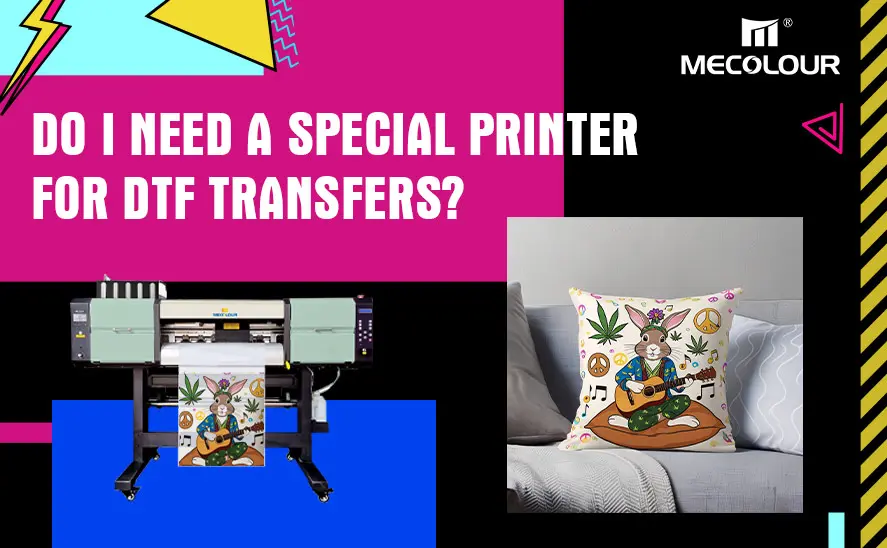Can I Use an Iron Instead of a Heat Press for DTF?

The Direct-to-Film (DTF) printing method has gained immense popularity due to its ability to produce vibrant, durable designs on various textiles. However, one common question arises: Can you use an iron instead of a heat press for DTF transfers? While it may seem like a convenient alternative, there are key limitations and considerations. Let’s dive into the details to help you make an informed decision.
How Does DTF Printing Work?
Before we evaluate the suitability of an iron, it’s essential to understand the basics of DTF printing:
Design Creation: The design is printed onto a special DTF film using DTF inks.
Adhesive Application: A powdered adhesive is applied to the design and cured.
Heat Transfer: The design is transferred onto fabric using heat and pressure.
A heat press is specifically designed to deliver consistent heat and pressure, which are crucial for successful transfers.
Using an Iron for DTF Transfers
Technically, you can use an iron for DTF transfers, but the results are often suboptimal due to several limitations.
1. Uneven Heat Distribution
Irons do not provide uniform heat across their surface. This inconsistency can lead to uneven transfers, with some parts of the design adhering poorly or not at all.
2. Lack of Adequate Pressure
Heat presses exert consistent, high pressure that ensures the adhesive bonds effectively with the fabric. Irons lack this capability, requiring you to apply manual pressure, which can result in uneven transfers.
3. Temperature Control Challenges
Precise temperature control is vital for DTF transfers. Heat presses allow you to set exact temperatures, while irons often lack this level of precision.
4. Time Consistency
Heat presses offer consistent timing settings. Using an iron requires manual timing, increasing the risk of overheating or underheating the design.
Steps to Use an Iron for DTF Transfers
If a heat press is unavailable and you decide to use an iron, follow these steps for the best possible results:
Materials Needed:
Printed and powdered DTF film.
Fabric for transfer.
Parchment paper or a Teflon sheet.
Procedure:
Set the Iron Temperature: Choose the highest heat setting, typically “Cotton” or “Linen.” Avoid steam.
Preheat the Fabric: Iron the fabric to remove wrinkles and moisture.
Position the Film: Place the DTF film on the fabric, with the design facing down.
Cover the Film: Use parchment paper or a Teflon sheet to protect the design.
Apply Heat and Pressure: Press the iron firmly over the design in small sections. Hold for 20-30 seconds per section, ensuring even coverage.
Cool and Peel: Allow the film to cool completely before peeling it off to avoid damaging the design.
DTF printing customize your labels
Heat Press vs. Iron for DTF Transfers
Here’s a quick comparison of the two methods:
| Feature | Heat Press | Iron |
| Heat Distribution | Even and consistent | Uneven |
| Pressure | High and uniform | Manual and inconsistent |
| Temperature Control | Precise settings | Limited control |
| Transfer Quality | Professional and durable | May result in uneven adhesion |
While an iron can serve as a temporary solution, a heat press is the ideal tool for high-quality DTF transfers.
When Should You Use an Iron?
Using an iron might be appropriate in the following scenarios:
Small Projects: For one-time or personal projects, such as small designs on T-shirts.
Budget Constraints: If investing in a heat press isn’t feasible immediately.
Testing Designs: For quick tests before producing larger quantities.
Tips to Improve Iron Transfers
If you must use an iron, consider these tips:
Press Firmly: Apply as much pressure as possible for better adhesion.
Work in Sections: Ensure each part of the design receives adequate heat and pressure.
Be Patient: Take your time to avoid rushing the process, which can lead to poor results.
While it’s possible to use an iron for DTF transfers, the limitations in heat, pressure, and precision make it less than ideal for achieving durable, professional results. For occasional, small projects, an iron can suffice, but for consistent quality and efficiency, a heat press is the better choice.
Related:
Can I use an iron press instead of a heat press for clothes?
Is heat press machine better than iron for t shirt?

















